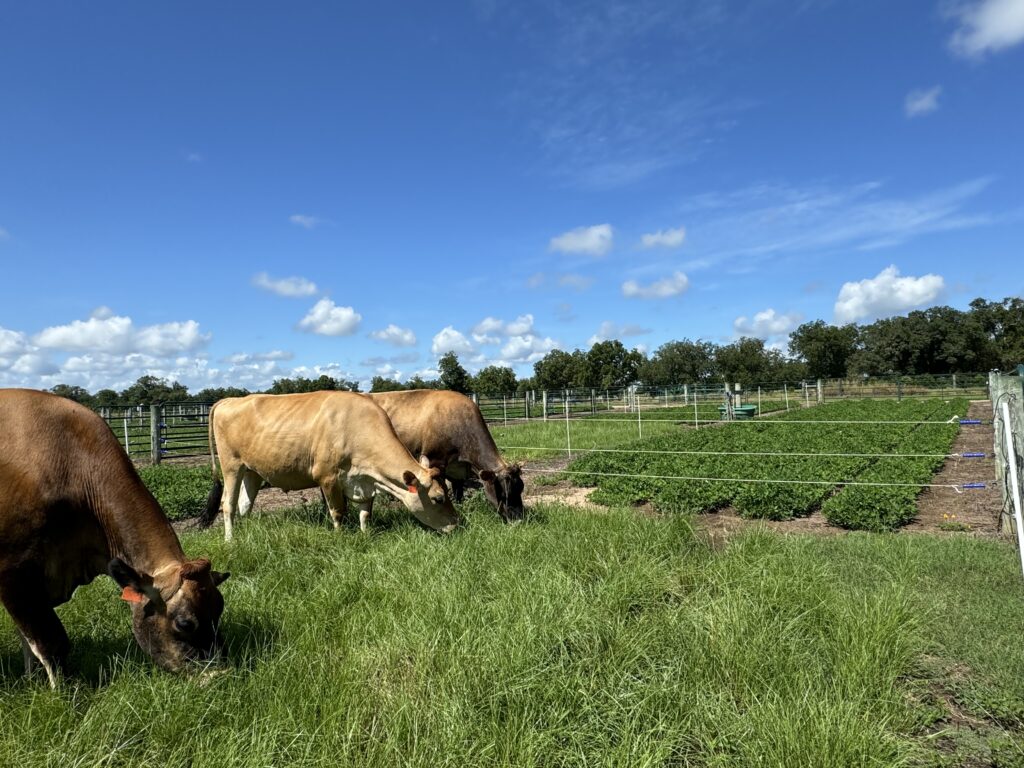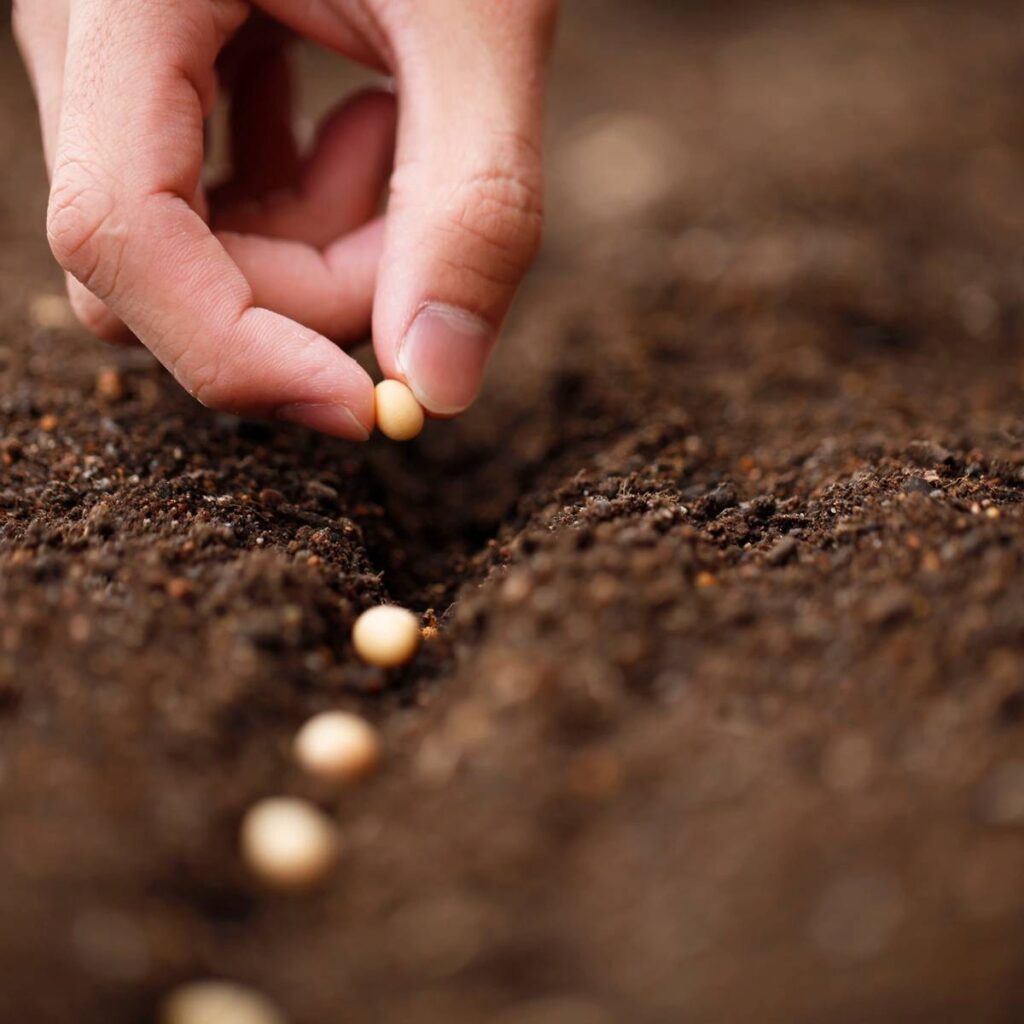Mission
To catalyze sustainable winter cropping systems in the Southeastern U.S. by uniting the entire agricultural value chain through the Conservation Hub for Economic Empowerment of Rural Stakeholders (CHEERS) and by providing opportunities for young farmers. We aim to empower farmers, support agencies, and other stakeholders with knowledge, real-time support, infrastructure, and decision-making tools to enhance soil health, protect the land, and strengthen local economies, all while keeping farms productive year-round.


Vision
A thriving Southeastern U.S. agricultural region where winter cropping systems are seamlessly integrated into farm operations, enhancing environmental resilience, improving rural livelihoods, and creating a model for scalable, agricultural innovation across the nation.
This project is more than just about growing crops and/or livestock in the winter. It is about growing opportunities, building resilience, and creating long-term value for farmers and rural communities.
Goals and Impact
A thriving Southeastern U.S. agricultural region where winter cropping systems are seamlessly integrated into farm operations, enhancing environmental resilience, improving rural livelihoods, and creating a model for scalable, agricultural innovation across the nation.
This project is more than just about growing crops and/or livestock in the winter. It is about growing opportunities, building resilience, and creating long-term value for farmers and rural communities.

Scope of work: Research, Extension and Education.
Research:
On-farm demonstrations will be established across the tri-state area to demonstrate the trialability of the new practices compared with prevailing practices. The long-term goal of CHEERS is to enable the transition of the prevailing agricultural economy to a circular bioeconomy, profitably, for all in the value chain. The increasing market demand for a carbon-based circular economy with commodities produced with lower environmental impact is
allowing for a shift from incentivizing just yield to incentivizing sustainably produced commodities. These demands can be leveraged to balance environmental benefits with economic de-risking to make climate adaptation in agricultural systems extend beyond short-lived monetary incentives-based adoption. To enable this, economic and environmental benefits of these systems must be demonstrated at scale, a local supply chain needs to mature,
various tools for regionally relevant decision making must become accessible to the producer and the producer’s support system, and the community at large must develop a science-based understanding of the role of agriculture in climate change adaptation.
Extension:
CHEERS will use focus groups, interviews, and surveys to identify the factors that have influenced both past and current winter cropping decisions, as well as those that could motivate greater adoption moving forward. We will assess a range of factors across this decision-making timeline, including:
- Perceived benefits of winter crops (e.g., economic return, soil health, water quality).
- Perceived drawbacks (e.g., financial cost, time commitment, weed and pest pressures).
- Lifestyle compatibility and how winter cropping fits with existing farm routines.
- Technical and infrastructural readiness for implementing winter crops.
- Observability and trialability, or the ability to see results and experiment on a small scale.
- Complexity, including clarity of guidance and ease of implementation.
- Risk perception, such as the predictability of outcomes and likelihood of benefits or drawbacks.
- External influences, including policies, institutions, and peer or advisor input.
- Access to support, such as educational, technical, and financial resources.
- Adoption behavior, including individual readiness, pace of adoption, and personal value orientations.
Education:
CHEERS will address re-skilling the agricultural workforce through outreach, and will train the next generation of agricultural workforce through formal and non-formal education. We plan to collaborate with SBAE teachers and 4-H program leaders to identify youth to apply an immersive experience program. The education team will create resources designed to be used by SBAE teachers and 4-H leaders. Instructions and example simulations will be created to use in the classroom along with assignment sheets and questions teachers can use. The content will also be produced with and for 4-H youth that will empower them to serve as outreach ambassadors of science-based information on integrated crops and livestock systems.